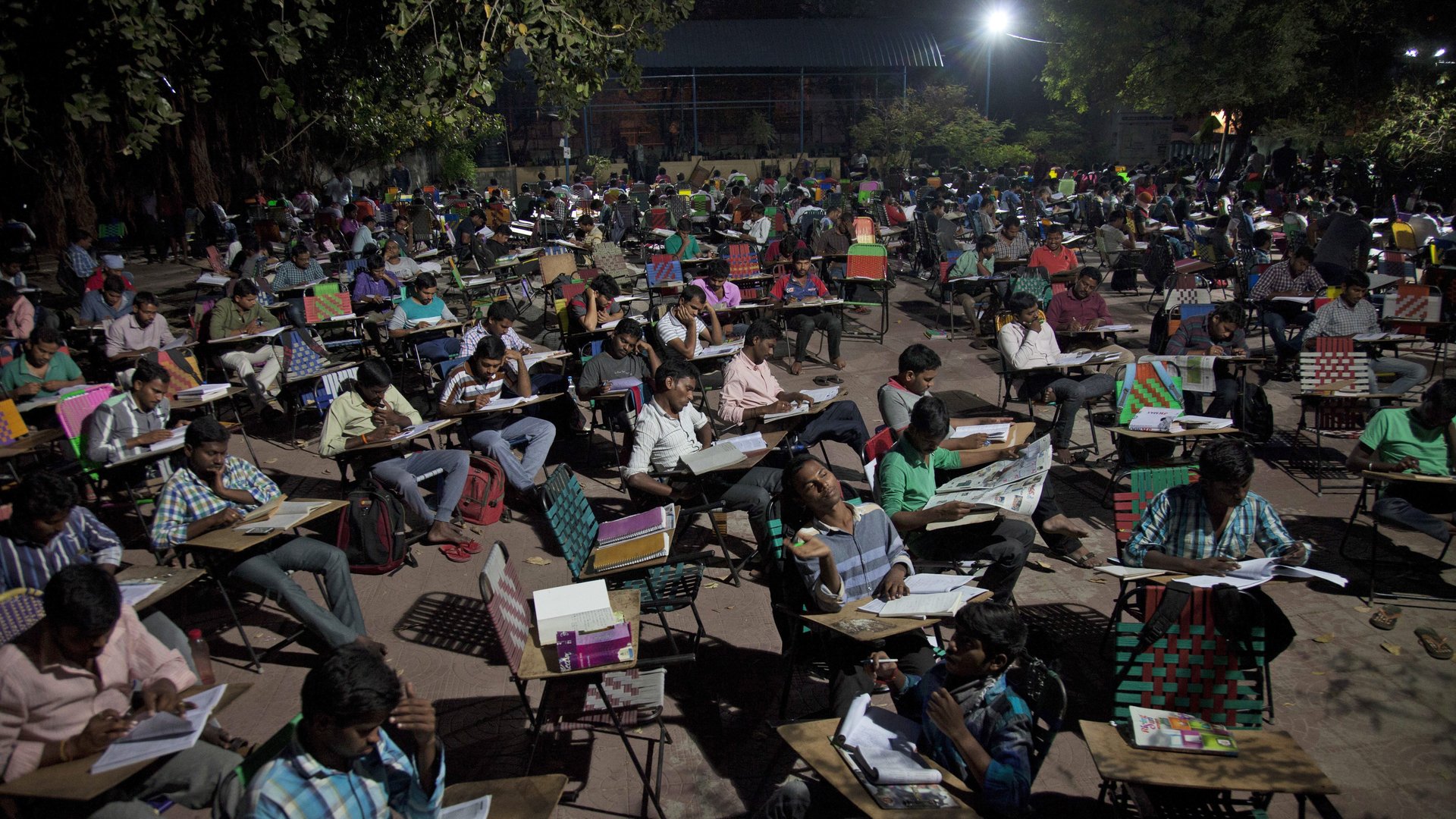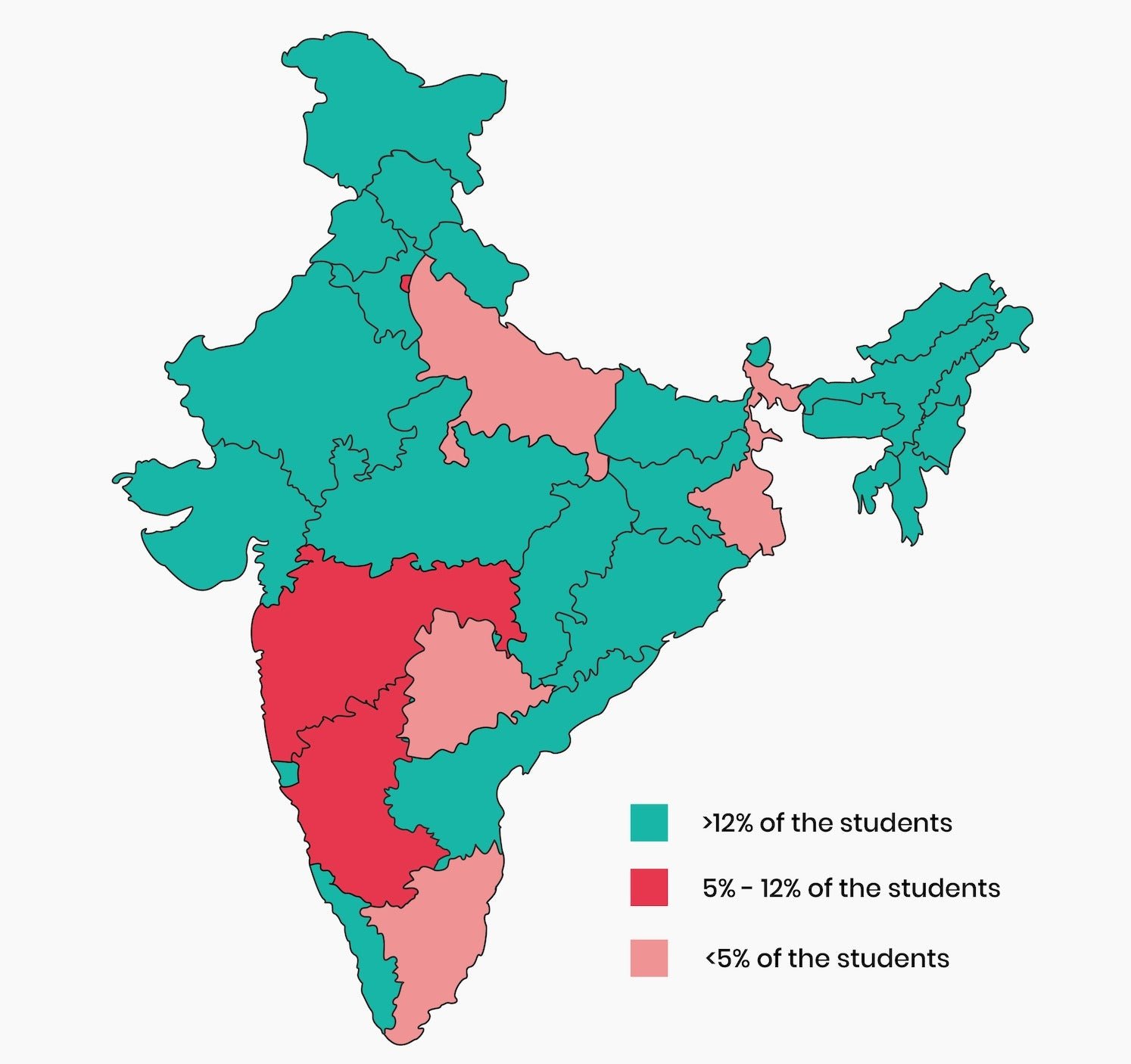Internships have become 100 times more popular in India in the past six years
Internships are finally becoming mainstream in India.


Internships are finally becoming mainstream in India.
Six years ago, just 30,000 Indians applied for internships on Internshala, a Gurugram-based internship and online training platform. Last year, over 3.5 million did.
In 2019, there was a 54% year-on-year increase in the number of internship seekers, indicating that students and graduates are eager to make the jump to the professional world, according to Internshala.
“Startups that are in the process of building their first team could especially benefit from this trend,” Sarvesh Agrawal, founder and chief executive officer, told business magazine Entrepreneur, adding that 85% of employers that hire through their platform were startups and small and medium enterprises (SMEs).
Where are the jobs?
Industry: The decade-old platform founded by Agrawal, an Indian Institute of Technology (IIT) Madras alumnus, is most used by those in the management field. Engineering is a close second.
Geography: The highest number of applicants were in the capital region of Delhi-NCR; Maharashtra, where commercial hub Mumbai is; and Karnataka, where India’s Silicon Valley, Bengaluru, is.

Timing: There is a surge in internship seekers in the summer months of April, May, June, and July, Internshala found. Many universities have brought order to the chaos by offering formal summer internship programmes. Monthly stipends can range from mere Rs7,000 ($98) to a whopping Rs90,000($1,264). And often, these internships convert into full-time job placements, experts say.
Internet: Virtual internships received three times as many applications than in-office ones, Internshala found.
The option is exercised by those who are already enrolled in classes or are looking for flexible hours and work-from-home provisions. It gives students from tier 2 and 3 cities the exposure and experience to compete with their metro counterparts.
And it’s not just college students applying—school students, mid-career professionals, and women returning to the workforce are all broadening their horizons.